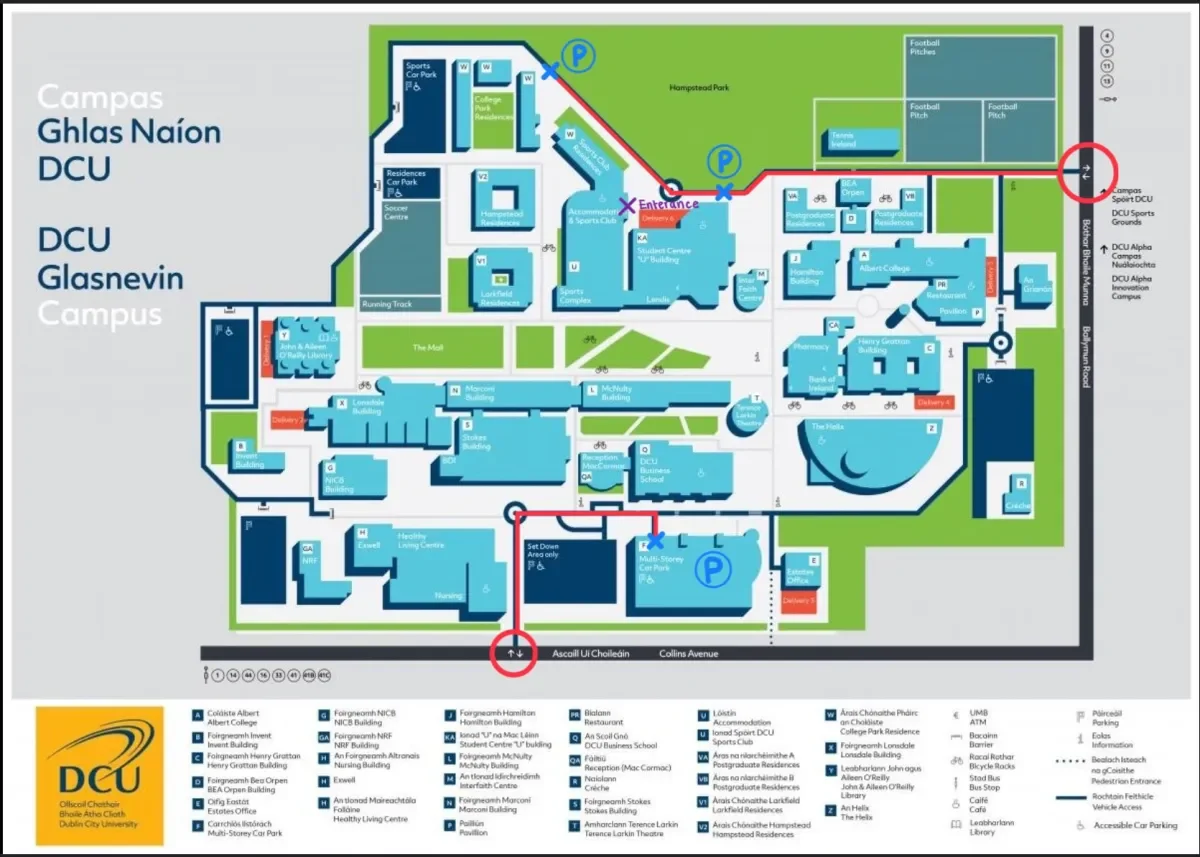
FAQs
General FAQs
The exoskeleton is used for patients with neurological disorders (diseases of the central and peripheral nervous system). The main conditions treated are Spinal Cord Injuries, Stroke, Multiple Sclerosis, and Acquired Brain Injuries in adults, and Cerebral Palsy, and Genetic Conditions in children. However many other conditions causing weakness of the lower limbs may be treated using the exoskeleton.
An exoskeleton is a wearable robotic device that improves and reinforces walking for a patient that has lower limb (leg) weakness or paralysis resulting from a variety of conditions. Exoskeletons can be used to provide assistance in walking where the patient requires it or it can be used for a patient that has lost total ability to walk. The patient must meet certain requirements in order to use the device.
Please see our Eligibility page for information about who is eligible for the adult and paediatric exoskeleton.
Benefits will vary from user to user but may include:
- Improved exercise tolerance
- Improved bone health
- Improved bladder and bowel function
- Reduced pain
- Improved walking ability
- Improved sense of well-being and quality of life
You can contact the service via email exoskeleton@dcu.ie and they will be able to guide you.
You will need to answer some pre-screen questions to establish your suitability. You will then be required to get your GP to sign a form clearing you to be assessed by the team here. The assessment done by the Exoskeleton team and will establish if you would be safe to use the suit. A trial of the suit would happen at that stage.
Appointment FAQs
We are based in House 19, DCU’s Glasnevin Campus in the Sports Complex. Our Eircode is D09W6Y4. If driving, it is easier to access the sports centre via Ballymun road entrance.
When you arrive please wait in reception and call 0871023772. Someone will come and meet you, and bring you up to the gym.
There are 4 accessible parking spaces which are accessed by the Ballymun Road entrance and are marked on the map below.
Alternatively there are accessible spaces in the Helix car park, NOTE this is paid parking.
More information on parking in DCU can be found here: https://www.dcu.ie/estates/car-parking-dcu

Public transport options can be found on the DCU website here: www.dcu.ie/info/public_transport.shtml
Wear something comfortable to move around in and any orthotics (e.g. AFOs/DAFOs) that you usually use to stand or walk.
Trousers are preferable to shorts or a skirt/dress. Shoes with a heel or boots should be avoided and it is not possible to walk barefoot.
The gym can sometimes be a bit warm so you may like to bring a drink with you too.
The assessment will take place on a plinth and there is no hoist available so you must be able to complete a transfer from chair to plinth AND chair to chair with a transfer board and assistance of max two persons.
The first session will comprise assessment and a short walk in the exoskeleton. Initial appointments are 1.5-2hrs and appointments after that are approximately 1hr.
It will be very important to check your skin afterwards particularly if you have poor sensation.
If you are under 18 parents/guardians must stay for the duration of the appointment.
It can be helpful to have somebody with you depending on your level of ability. If you need assistance of two persons to transfer, we will NOT always be able to provide a second person but our team are experienced in complex transfers and once we know in advance we should be able to provide the assistance.
If this is your first time walking or standing in a long time it may feel quite unusual but if you have any of the following symptoms you can call us and ask for assurances or if severe or in any doubt then seek medical attention:
- Symptoms of autonomic dysreflexia (Spinal Cord Injury Only)
- Dizziness or light headedness that doesn’t resolve
- Pain
- Increased spasticity
- Skin abrasions or marking that are NOT blanching
Ordinarily there should be no issues after the session, and you should be fine to go home on your own afterwards.
At present, we will not have capacity to provide walking in the suit for everybody on a regular basis so it will likely be blocks of sessions 1 per week for a fixed number of weeks as part of research.
